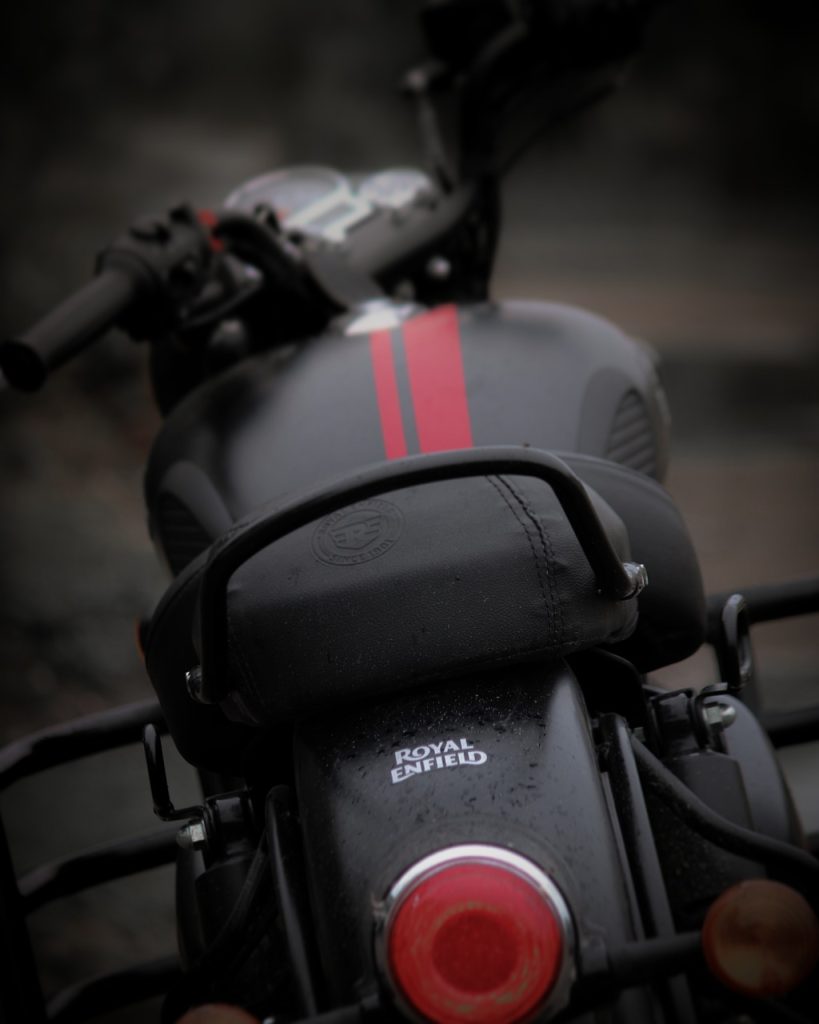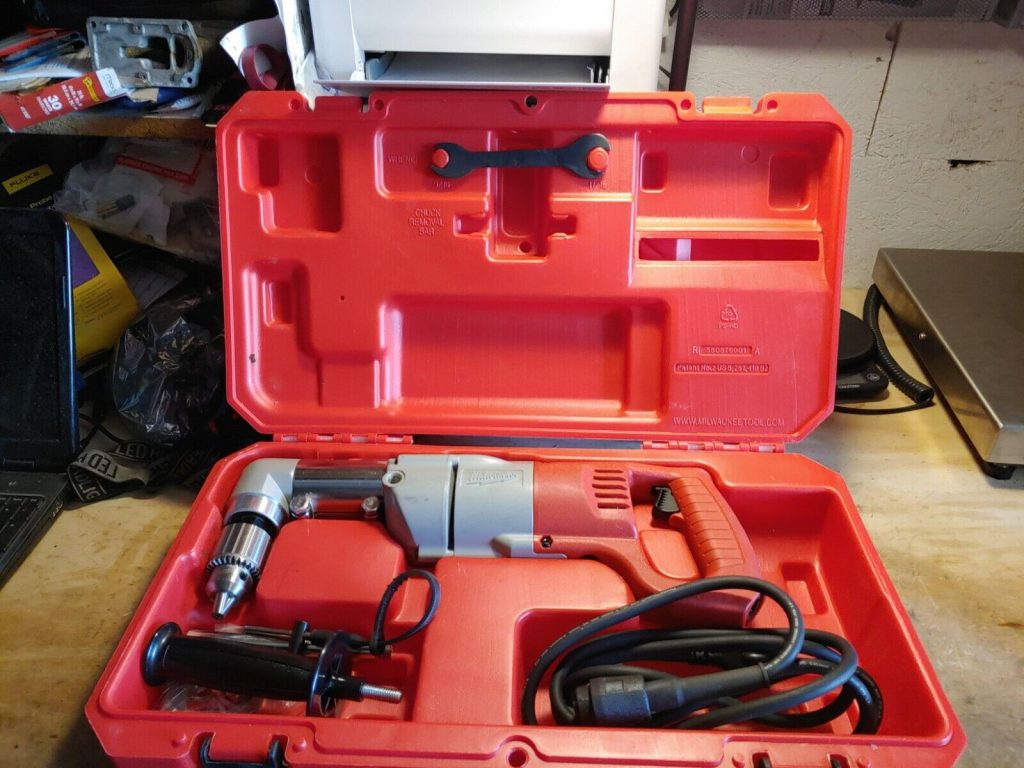As the automotive industry increasingly pivots towards sustainability, electric vehicles (EVs) are rapidly gaining traction, capturing the interest of both seasoned riders and newcomers alike. Among the iconic names in motorcycling, Royal Enfield has long been celebrated for its blend of classic design and robust performance. However, with the advent of electric mobility, enthusiasts are now exploring viable alternatives that offer a similar riding experience while embracing eco-friendly technology. This article delves into the top five alternative electric bikes that embody the spirit of Royal Enfield, merging timeless aesthetics with innovative engineering. Each of these models presents a unique proposition, catering to diverse rider preferences and lifestyles. From urban commuters seeking efficiency to adventure enthusiasts craving off-road capabilities, the options are abundant. As we navigate this exciting landscape, we will evaluate these contenders based on factors such as performance, design, range, and value, ultimately assisting prospective buyers in making informed decisions. Whether you are a die-hard Royal Enfield fan or simply curious about the electric bike revolution, this guide will illuminate the best alternatives that honor the legacy of classic motorcycling while paving the way for a sustainable future.
Embracing Electric: Top Royal Enfield Alternatives
As the automotive landscape shifts towards sustainable mobility, numerous manufacturers are stepping up to provide compelling alternatives to traditional combustion engine motorcycles. Among these, several brands have emerged that blend retro styling with innovative electric powertrains, appealing to enthusiasts who appreciate classic aesthetics but seek modern efficiency. Options such as Zero Motorcycles and Harley-Davidson’s LiveWire offer robust performance, impressive range, and advanced features, catering to riders who desire both the nostalgia of classic designs and the benefits of cutting-edge technology.
In addition to established names, newer entrants like SONDORS and the British brand Zapp offer unique takes on electric motorcycling. SONDORS, known for its sleek, urban-friendly e-bikes, combines style with practicality, while Zapp’s RXR model brings a thrilling performance aspect to electric riding. These alternatives not only emphasize eco-friendly practices but also embody the spirit of adventure that has long been associated with motorcycles, ensuring that riders do not have to compromise on excitement or heritage while making a shift towards electric mobility.
Explore electric bikes that rival Royal Enfield models in performance and style.
The electric bike market has seen significant growth, with several models that echo the performance and style of classic motorcycles while incorporating the latest technology. Brands like Energica and Cake have crafted high-performance electric bikes designed for those who seek the thrill of riding without the environmental impact of traditional fuel-based models. Energica’s line, for example, offers remarkable acceleration and a striking design that pays homage to the classic motorcycle aesthetics, making it a worthy contender for riders who appreciate both power and style.
Simultaneously, brands like Super73 and BMW’s CE series are pushing the boundaries of what electric motorcycles can offer. Super73 stands out with its retro-inspired designs that mesh well with modern urban lifestyles, providing a unique blend of style and practicality. On the other hand, BMW’s CE models deliver the performance expected of the brand, with a focus on handling and comfort, suitable for both city commuting and longer rides. These electric bikes not only rival traditional models in terms of performance but also capture the essence of classic motorcycle design, appealing to a new generation of riders.
Top 5 alternative
- Ola Electric S1 Pro
Price: Starting from ₹1.45 lakh
Features: Smart features, swappable batteries, powerful motor, long range
Reviews: Praised for its technology, performance, and range. Some users have reported build quality and software issues.
- Revolt RV400
Price: Starting from ₹1.17 lakh
Features: Retro design, good range, regenerative braking, smartphone connectivity
Reviews: Positive feedback for its design, performance, and range. Some users have mentioned concerns about battery life and after-sales service.
3. Bajaj Chetak Electric
Price: Starting from ₹1.43 lakh
Features: Classic scooter design, good range, regenerative braking, smartphone connectivity
Reviews: Appreciated for its retro style, comfortable ride, and good range. Some users have reported issues with charging time and battery performance.
- TVS iQube Electric
Price: Starting from ₹1.19 lakh
Features: Sleek design, good range, regenerative braking, smartphone connectivity
Reviews: Positive feedback for its performance, range, and features. Some users have mentioned concerns about charging infrastructure and battery life.
- Hero Electric Vida V1 Plus
Price: Starting from ₹1.47 lakh
Features: Modern design, good range, regenerative braking, smartphone connectivity
Reviews: Praised for its performance, features, and range. Some users have reported concerns about build quality and after-sales service.
Performance Matters: Key Specifications to Consider
When evaluating electric motorcycles, several key specifications play a crucial role in determining overall performance and suitability for the rider’s needs. Battery capacity is one of the primary considerations, as it directly impacts range and charging frequency. A higher capacity often translates to longer journeys without the need for frequent recharges, making it essential for those who plan to use their bikes for longer commutes or weekend trips. Additionally, the power output of the electric motor influences acceleration and top speed, critical for riders seeking a more exhilarating experience.
Another vital aspect is the bike’s weight and handling characteristics. A lighter bike can provide improved maneuverability, especially in urban settings, while a well-designed chassis enhances stability and comfort during rides. Suspension quality also deserves attention, as it affects ride comfort over varied terrain. Finally, features like regenerative braking and advanced display systems can enhance both efficiency and the overall riding experience, making them important specifications to consider when choosing an electric motorcycle.
Evaluate essential specs when selecting an electric bike that meets your riding needs.
gear ratios can greatly enhance the riding experience. Regenerative braking systems help extend the bike’s range by converting energy during braking back into battery power, which is particularly beneficial for riders who frequently navigate hilly terrains. Additionally, understanding the gear ratios can help in achieving optimal performance under different riding conditions, whether it be steep climbs or high-speed travel on open roads.
Rider ergonomics should not be overlooked, as the fit and comfort of the bike can significantly affect long-term enjoyment and efficiency. Factors such as seat height, handlebar position, and overall design should align with the rider’s body dimensions and preferences. Accessories such as integrated lights, storage options, and connectivity features can also enhance the overall functionality of the bike, allowing for a more tailored riding experience. By carefully assessing these specifications, riders can ensure that their electric bike not only meets their immediate needs but also enhances their overall riding enjoyment and satisfaction.
Eco-Friendly Features of Electric Bikes
Electric bikes are designed with sustainability in mind, featuring several eco-friendly attributes that contribute to a reduced carbon footprint. The use of electric motors powered by rechargeable batteries diminishes reliance on fossil fuels, marking a significant step towards cleaner transportation. Additionally, many electric bikes incorporate lightweight materials, which not only enhance performance but also reduce energy consumption during production and daily use. The absence of noise pollution creates a quieter urban environment, while the lack of tailpipe emissions directly improves air quality in densely populated areas.
Furthermore, the lifecycle of electric bikes encourages responsible recycling practices. Components such as batteries are often designed for longevity and can usually be repurposed or recycled at the end of their life, minimizing environmental impact. Some manufacturers even implement take-back programs to ensure proper disposal and recycling. Overall, these features position electric bikes as a practical and eco-conscious choice for those seeking an alternative to traditional motor vehicles, contributing positively to both personal mobility and the environment.
Discover how electric alternatives contribute to sustainability and reduce carbon footprints effectively.
The integration of electric alternatives into transportation systems plays a crucial role in promoting sustainability and mitigating climate change. By providing a cleaner mode of travel, electric bikes significantly lower greenhouse gas emissions compared to traditional gasoline-powered vehicles. This shift not only conserves energy resources but also aligns with global efforts to reduce carbon footprints. With advancements in battery technology, electric bikes offer extended ranges and improved charging efficiencies, further enhancing their appeal as a viable, eco-friendly transportation option.
In addition to reducing emissions, electric bikes promote sustainable urban mobility by alleviating traffic congestion and lowering the overall demand for parking spaces. As cities grapple with increasing populations and environmental concerns, the adoption of electric alternatives like these provides innovative solutions that enhance quality of life while supporting public health. The shift toward electric bikes exemplifies a growing awareness of the need for sustainable practices, making them an essential component of future urban transport strategies.
Affordability: Comparing Prices of Alternatives
When evaluating the affordability of electric bikes, it is essential to compare the prices of various alternatives available in the market. The price range for these models can vary significantly based on factors such as brand reputation, battery capacity, and additional features. Entry-level electric bikes may be more budget-friendly, appealing to first-time buyers or those looking for a cost-effective solution. Conversely, premium models equipped with cutting-edge technology and higher performance specifications typically command a higher price, reflecting their advanced engineering and enhanced durability.
Moreover, potential buyers should consider the total cost of ownership, which includes not only the initial purchase price but also maintenance, charging costs, and any applicable government incentives. Some manufacturers offer warranties and service packages that can influence long-term affordability. By comparing these financial aspects across different models, consumers can make informed decisions that align with their budgetary constraints while still investing in a quality electric bike that meets their mobility needs.
Analyze cost-effectiveness among top electric bikes that serve as Royal Enfield substitutes.
When assessing the cost-effectiveness of electric bikes that can serve as substitutes for traditional combustion models, several key factors must be taken into account beyond the initial purchase price. An effective analysis should include performance metrics, range, and overall durability, as these will heavily influence both the riding experience and long-term value. Electric bikes with robust features such as advanced battery technology, efficient motors, and superior build quality often provide a better balance between cost and performance, making them more appealing to those looking to replace conventional motorcycles.
Furthermore, the availability of government incentives and rebates can enhance cost-effectiveness, as they may significantly reduce the upfront investment. Additionally, lower maintenance costs associated with electric bikes, combined with savings on fuel, contribute to their financial appeal. By evaluating these various elements, potential buyers can make informed decisions that align with their budget while ensuring they select a bike that meets their performance and style preferences. Ultimately, the most cost-effective option will vary depending on individual priorities such as range, technology, and environmental considerations.
User Reviews: Real Experiences Matter
The insights gained from user reviews serve as a critical component in the decision-making process for prospective electric bike owners. Authentic feedback from current users provides invaluable information regarding the day-to-day performance, reliability, and comfort of a model, aspects that specifications alone may not fully convey. Real-world experiences can highlight not only the strengths of a bike but also potential drawbacks, enabling buyers to make informed choices that align with their riding needs and preferences.
Moreover, user reviews often reflect the latest updates and improvements made by manufacturers over time, as well as the responsiveness of customer service and community support. This information is crucial for anyone considering an electric bike, as it sheds light on the long-term ownership experience, including factors like battery life, charging convenience, and overall satisfaction. By synthesizing these genuine experiences, potential buyers can navigate their options with greater confidence, ensuring that their investment meets both their practical requirements and personal expectations.
Check feedback from riders to understand the practicality and reliability of electric alternatives.
Understanding the practicality and reliability of electric alternatives hinges on the collective experiences of riders who have embraced these models. Feedback from users often reveals how well these electric bikes perform in various conditions, their range in real-world scenarios, and how they hold up in terms of maintenance and durability. Such insights can illuminate the challenges or advantages encountered in everyday use, including aspects like handling, speed, and the ease of integrating electric models into one’s lifestyle.
In addition to performance metrics, rider feedback can also provide clarity on the practicality of charging infrastructure and the availability of replacement parts. As electric vehicles often come with unique servicing requirements, knowing how easily issues can be resolved and how well brand support functions can significantly influence the ownership experience. By closely examining these testimonies, prospective buyers can gauge whether the electric alternatives they are considering truly meet their practical and reliability expectations, ultimately guiding them towards a choice that aligns with their personal riding habits and lifestyle needs.
In conclusion, as Royal Enfield ventures into the electric bike market, exploring alternative options remains crucial for consumers seeking a blend of performance, style, and sustainability. The top five alternatives highlighted in this post not only showcase innovative engineering and design but also reflect the growing demand for eco-friendly transportation solutions. Whether you prioritize cutting-edge technology, aesthetic appeal, or superior range, these alternatives offer compelling choices that cater to diverse riding preferences. As the electric motorcycle landscape continues to evolve, staying informed about available options will empower riders to make well-rounded decisions that align with their values and lifestyle.



